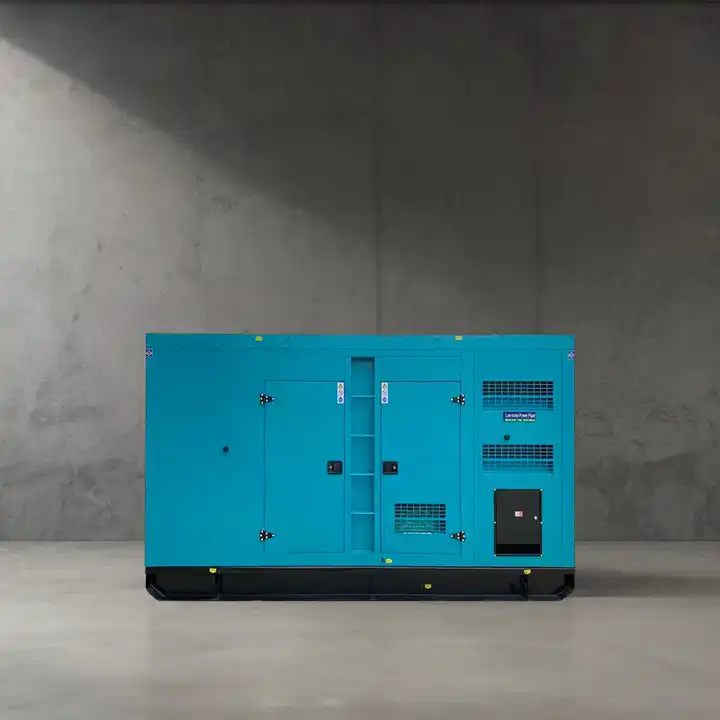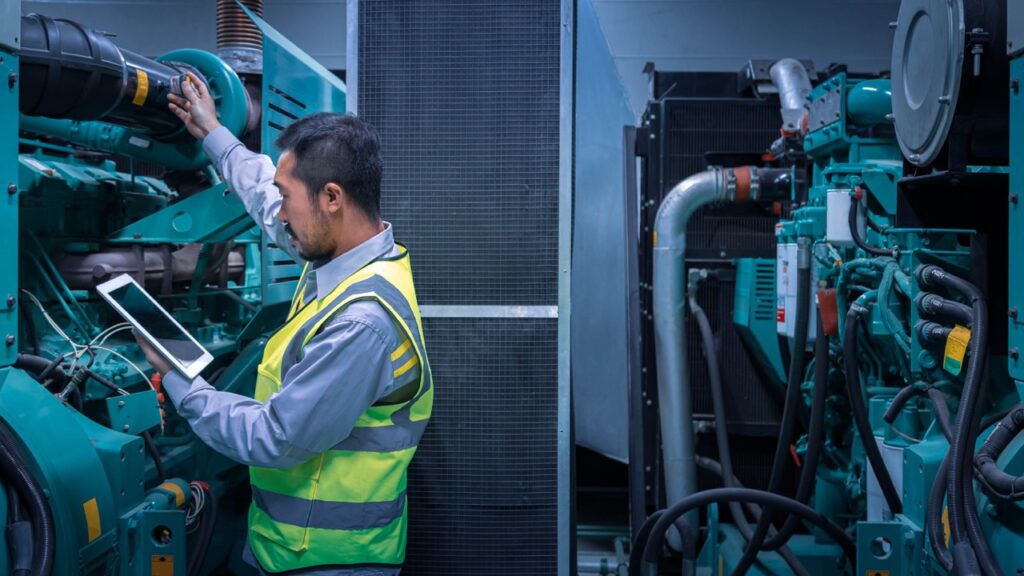Ever found yourself wondering how those massive machines keep the lights on when everything else goes dark? Gas generators are the unsung heroes in many industries, providing reliable power when the grid fails or isn’t available. Let’s dive into the fascinating world of gas generators and unravel the mysteries of their inner workings.
Gas generators convert fuel into electrical energy through a series of processes involving combustion, mechanical movement, and electrical conversion. They are vital in ensuring a stable power supply, especially in critical applications.
Intrigued yet? Great, because understanding these mechanical marvels can help you make informed decisions, whether you’re considering purchasing one or simply want to satisfy your curiosity.
What is a Gas Generator?
A gas generator is a device that converts chemical energy from fuel into mechanical energy and then into electrical energy. This transformation happens through a series of well-coordinated processes that make sure you get a steady flow of electricity when you need it most.

How Does the Combustion Process Work?
The heart of a gas generator lies in its engine. Similar to the engine in your car, a gas generator’s engine relies on the combustion process. Here’s a simplified breakdown:
- Fuel Intake: Natural gas, biogas, or other types of gaseous fuels are introduced into the combustion chamber.
- Air Mixing: The fuel mixes with air to create a combustible mixture.
- Ignition: A spark plug ignites the mixture, causing a controlled explosion.
- Power Stroke: The explosion pushes a piston, creating mechanical movement.

What Happens Next in the Mechanical Stage?
The mechanical energy generated from the combustion process is crucial. This energy drives the engine’s crankshaft, converting linear motion (from the pistons) into rotational motion. This rotational motion is then transferred to an alternator, which is where the magic of electricity generation begins.
The alternator converts mechanical energy into electrical energy through electromagnetic induction. As the crankshaft turns, it rotates a magnetic field around a set of coils, inducing an electric current. Learn more about electromagnetic induction.
How Does the Alternator Work?
The alternator is a vital component in a gas generator. It comprises two main parts: the rotor and the stator. The rotor, connected to the engine’s crankshaft, rotates inside the stator, which remains stationary. This movement creates a magnetic field that induces a voltage in the stator windings, generating electricity.
What About Voltage Regulation?
Maintaining a stable voltage is crucial for the safe operation of electrical devices. Gas generators are equipped with voltage regulators to ensure the output voltage remains consistent. These regulators adjust the excitation of the generator to match the load, preventing voltage fluctuations that could damage connected equipment.
Voltage regulators are essential for protecting sensitive electronics and ensuring a stable power supply. Discover the importance of voltage regulation.
Why is Cooling Important?
Just like any hardworking machine, gas generators produce heat during operation. Effective cooling systems are necessary to prevent overheating, which can lead to engine damage or failure. Most gas generators use a combination of air and liquid cooling systems to maintain optimal operating temperatures.

How Do Emission Controls Work?
In today’s environmentally conscious world, reducing emissions is a priority. Gas generators are equipped with emission control systems that limit the release of harmful pollutants. These systems include catalytic converters and other technologies that reduce the output of nitrogen oxides, carbon monoxide, and unburned hydrocarbons.
Emission controls help gas generators comply with stringent environmental regulations and minimize their impact on air quality. Learn about emission control technologies.
How Do We Maintain Gas Generators?
Regular maintenance is key to ensuring the longevity and reliability of gas generators. This includes routine checks on oil levels, filters, spark plugs, and cooling systems. Scheduled maintenance helps identify and address potential issues before they become serious problems, ensuring your generator is always ready to perform.
Why Choose Junwei Machinery?
At Junwei Machinery, we pride ourselves on producing high-quality gas generators that offer stable operation, high reliability, and low emissions. Our customizable configurations and competitive pricing make us a preferred choice for businesses worldwide. Our generators are designed to meet the diverse needs of our clients, from small enterprises to large industrial operations.
With a focus on quality and customer satisfaction, Junwei Machinery stands out in the gas generator market. Explore our product range.
Conclusion
Gas generators are complex yet fascinating machines that play a crucial role in providing reliable power. Understanding how they work can help you appreciate their importance and make informed decisions when it comes to purchasing or maintaining one. At Junwei Machinery, we are committed to delivering top-notch gas generators that meet your power needs efficiently and reliably.
That’s it! If you have any questions or need further information, feel free to reach out to us. We’re here to help.



